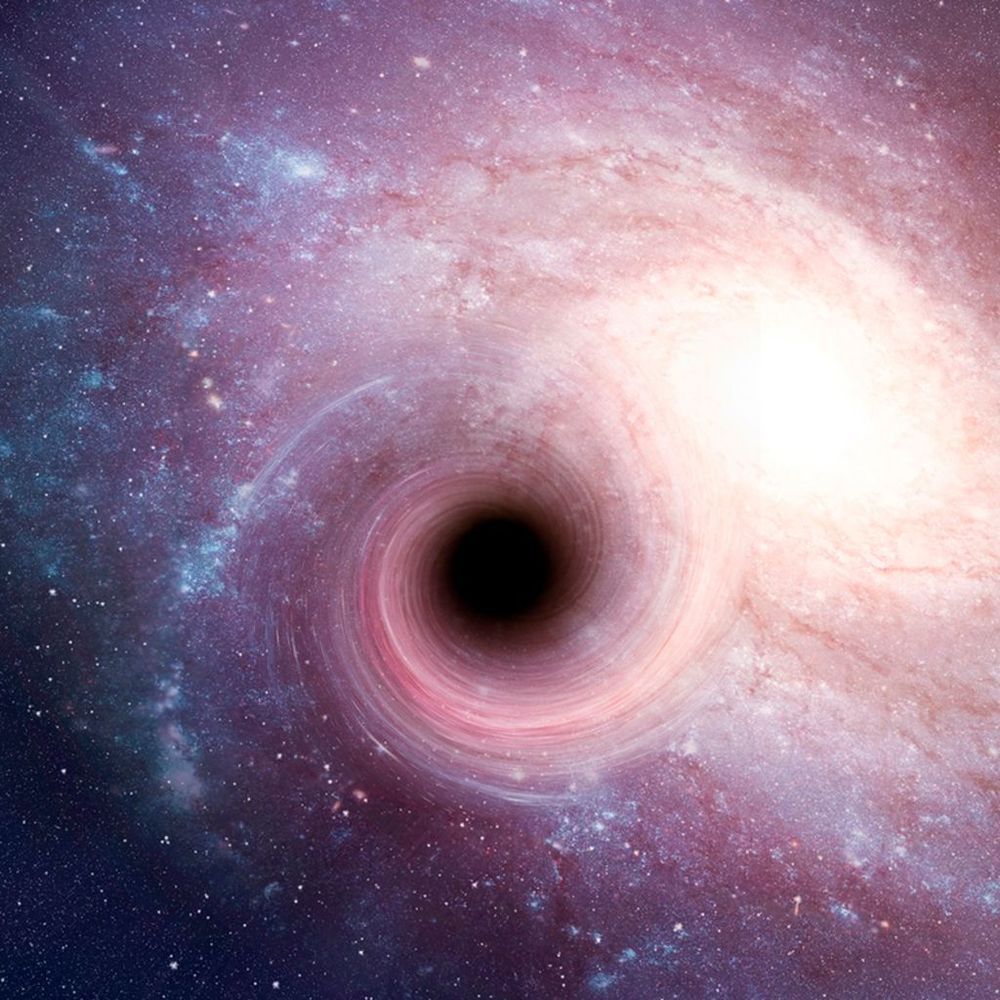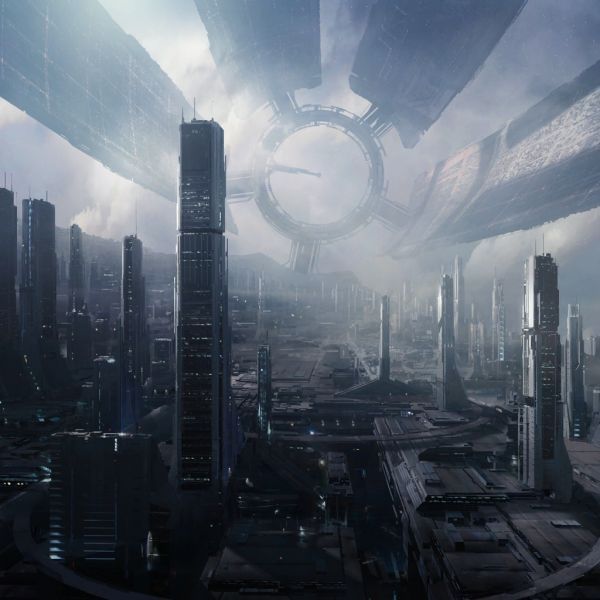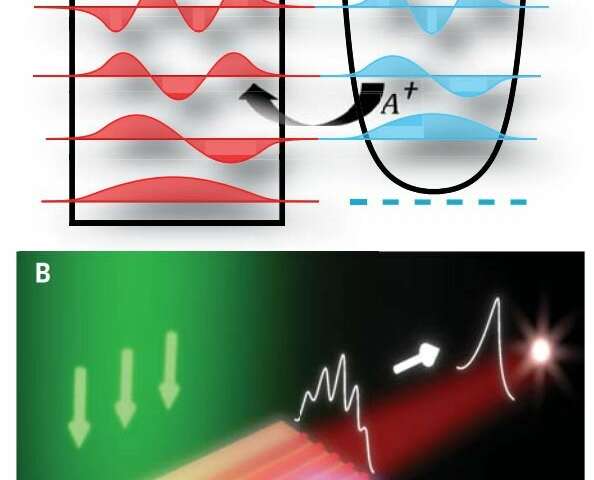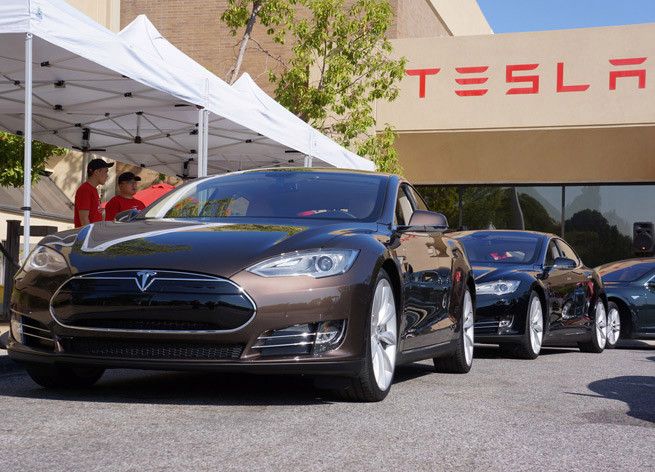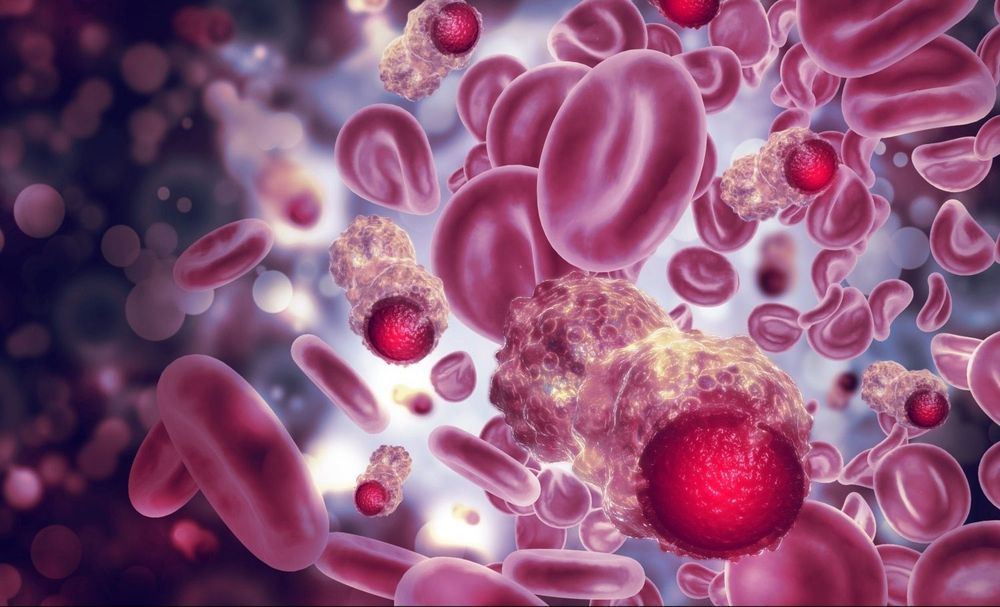Page 7833
May 14, 2019
Indeterminate nature: the resurgence of quantum biology
Posted by Quinn Sena in categories: biological, quantum physics
A melding of biology and physics first suggested in the 1920s is enjoying a revival as evidence mounts. Stephen Fleischfresser reports.
May 14, 2019
Physicists invent flux capacitor, break time-reversal symmetry
Posted by Quinn Sena in categories: futurism, quantum physics
In the popular movie franchise “Back to the Future”, an eccentric scientist creates a time machine that runs on a flux capacitor.
Now a group of actual physicists from Australia and Switzerland have proposed a device which uses the quantum tunneling of magnetic flux around a capacitor, breaking time-reversal symmetry.
The research, published this week in Physical Review Letters, proposes a new generation of electronic circulators, which are devices that control the direction in which microwave signals move.
Continue reading “Physicists invent flux capacitor, break time-reversal symmetry” »
May 14, 2019
Neutrinos Linked With Cosmic Source for the First Time
Posted by Quinn Sena in category: cosmology
High-energy neutrinos have been traced back to a flaring supermassive black hole known as a blazar. The long-sought link opens the door to an entirely new way to study the universe.
May 14, 2019
Can faster-than-light particles explain dark matter, dark energy, and the Big Bang?
Posted by Quinn Sena in categories: cosmology, particle physics
A new theory proposes that faster-than-light particles known as tachyons could answer a lot of questions about the universe, writes Robyn Arianrhod.
May 14, 2019
The Kardashev Scale – Type I, II, III, IV & V Civilization
Posted by Quinn Sena in category: alien life
We have reached a turning point in society. According to renowned theoretical physicist Michio Kaku, the next 100 years of science will determine whether we perish or thrive. Will we remain a Type 0 civilization, or will we advance and make our way into the stars?
Experts assert that, as a civilization grows larger and becomes more advanced, its energy demands will increase rapidly due to its population growth and the energy requirements of its various machines. With this in mind, the Kardashev scale was developed as a way of measuring a civilization’s technological advancement based upon how much usable energy it has at its disposal (this was originally just tied to energy available for communications, but has since been expanded).
The scale was originally designed in 1964 by the Russian astrophysicist Nikolai Kardashev (who was looking for signs of extraterrestrial life within cosmic signals). It has 3 base classes, each with an energy disposal level: Type I (10¹⁶W), Type II (10²⁶W), and Type III (10³⁶W). Other astronomers have extended the scale to Type IV (10⁴⁶W) and Type V (the energy available to this kind of civilization would equal that of all energy available in not just our universe, but in all universes and in all time-lines). These additions consider both energy access as well as the amount of knowledge the civilizations have access to.
Continue reading “The Kardashev Scale – Type I, II, III, IV & V Civilization” »
May 14, 2019
A laser system built on principles of supersymmetry
Posted by Quinn Sena in categories: mathematics, particle physics
A team of researchers from the University of Central Florida and Michigan Technological University has developed a laser system concept built on the principles of supersymmetry. In their paper published in the journal Science, the group reports that their system is meant to solve the problem of producing more light with a compact laser system. Tsampikos Kottos with Wesleyan University has written a Perspective piece on the work done by the team in the same journal issue.
Kottos points out that there are a lot of physics applications that require use of a compact laser system that also has high-output power requirements. To fulfill this need, many physicists have taken to combining multiple lasers into an array. Unfortunately, this approach suffers from the production of a lesser-quality beam. Kottos notes that one way to overcome this problem is to use selective amplification of a single mode—but doing so has its own drawbacks. In this new effort, the researchers have come up with a different approach—one based on the principles of supersymmetry.
Supersymmetry is a math-based theory that describes the relationship between bosons and fermions—it suggests that for every known elementary particle, there has to be a much heavier “super partner.” To build a new kind of laser system, the researchers used this idea to create a stable array of semiconductor lasers that together offer the power needed for prospective applications. More specifically, they designed a system that emphasizes the fundamental mode by suppressing higher-order modes. They did this by pairing them with low-quality modes—their lossy super-partners. The idea was for the array to support them such that they were phase-matched with the higher order modes.
Continue reading “A laser system built on principles of supersymmetry” »
S4 Energy Solutions cofounder Jeff Surma has one way to solve our garbage mess: Atomize it with an 18,000-degree plasma arc.
May 14, 2019
Tesla will have a $35K car that can go 1,000 miles on a single charge by 2020
Posted by Quinn Sena in categories: biotech/medical, Elon Musk, space travel, sustainability
When designing the Tesla Model S, Elon Musk wanted an electric motor that had the same horsepower as the most powerful internal combustion engine but with nearly-instantaneous torque. And he wanted it to be the size of a watermelon. Engine manufacturers told him this couldn’t be done. So the Tesla CEO decided to build his own motor. The earlier versions of this had a hand-wound stator which increased winding density to help eliminate resistance and increase peak torque. Later versions of the stators were built by robots.
Musk made the same decision with practically every other component of the Tesla — including the power electronics and other elements of the drivetrain. For him, there could be no compromises in design and functionality. That is why almost every component of the Tesla Model S is produced at its factory in Fremont, Calif.
When you drive a Model S, you can see the results. The car literally seems to fly. It picks up acceleration like a spaceship shifting into warp speed. The car is eerily quiet, comfortable, and elegant. It is a completely different driving experience than the cars we are used to. There is no engine to start, gears to shift, or oil to replace. The brakes don’t wear out because you hardly use them. The Tesla regenerative-braking system charges the car as it slows.
Continue reading “Tesla will have a $35K car that can go 1,000 miles on a single charge by 2020” »
May 14, 2019
Did Scientists Really Just Cure Cancer?
Posted by Quinn Sena in category: biotech/medical
Cancer is a disease that touches just about everyone. According to the American Cancer Society, men have a 39% chance of contracting some form of cancer at some point in their lives, while women have a slightly lower risk at 37%. And if you’re fortunate enough not be diagnosed with cancer yourself, the odds are high that someone you know will.
Because of this, a cure for cancer is the holy grail of the medical research community. Incredible treatments have been developed, but for hundreds of years, the hunt for an actual cure has felt like the hunt for a unicorn… a beautiful prize that may not even exist.
So just weeks ago, when Israeli scientists announced they’d found what they believe is a cure for cancer, the declaration sounded too good to be true. But here’s the thing:
Continue reading “Did Scientists Really Just Cure Cancer?” »




